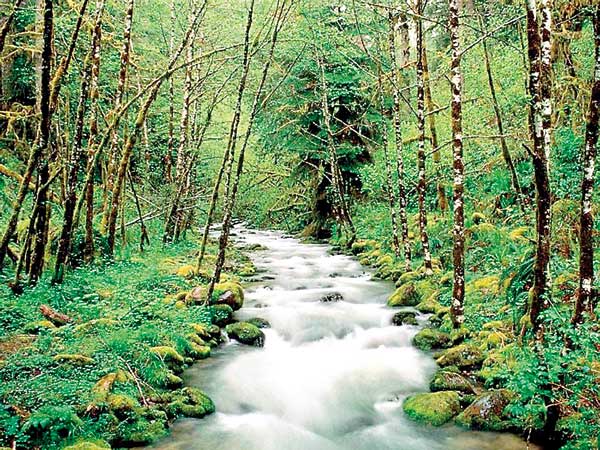Reply To:
Name - Reply Comment
Last Updated : 2024-04-19 06:03:00
.jpg) World Environment Day 2015 was marked on June 5th, under the theme “Seven Billion Dreams. One Planet, Consume with Care.” In this article to mark the day Chatura Rodrigo highlights the importance of governing forest resources in a sustainable manner by restructuring the property rights systems.
World Environment Day 2015 was marked on June 5th, under the theme “Seven Billion Dreams. One Planet, Consume with Care.” In this article to mark the day Chatura Rodrigo highlights the importance of governing forest resources in a sustainable manner by restructuring the property rights systems. 

Add comment
Comments will be edited (grammar, spelling and slang) and authorized at the discretion of Daily Mirror online. The website also has the right not to publish selected comments.
Reply To:
Name - Reply Comment
On March 26, a couple arriving from Thailand was arrested with 88 live animal
According to villagers from Naula-Moragolla out of 105 families 80 can afford
Is the situation in Sri Lanka so grim that locals harbour hope that they coul
A recent post on social media revealed that three purple-faced langurs near t